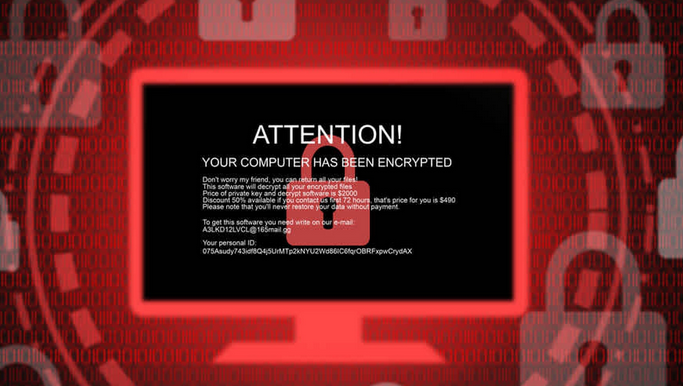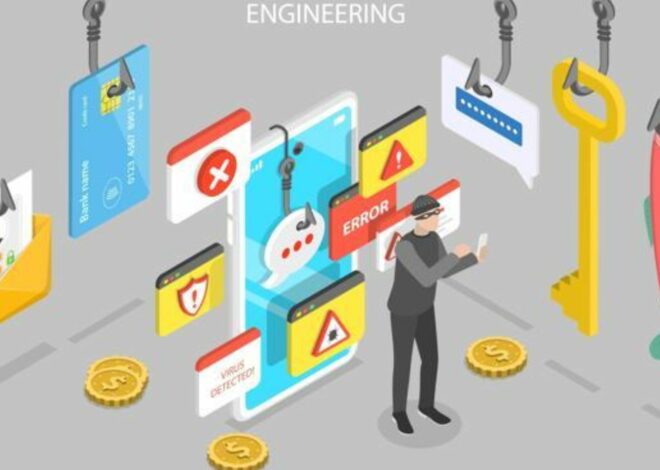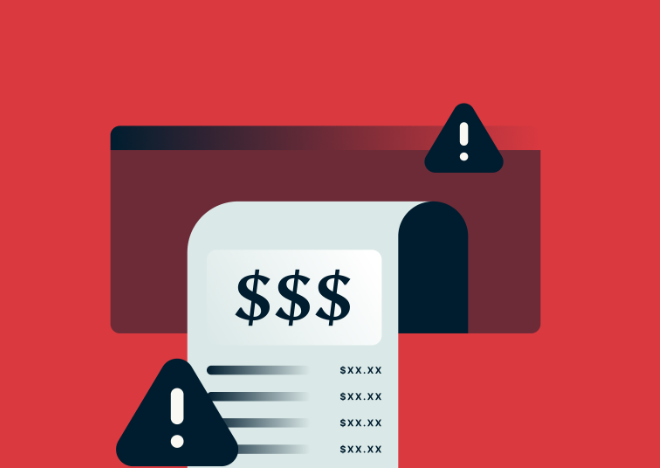
The Rising Cost of Ransomware
In recent years, ransomware attacks have emerged as a significant cybersecurity threat, targeting individuals, businesses, and even government entities. These malicious software programs encrypt data and demand payment for its release, causing financial losses, operational disruptions, and reputational damage. As ransomware attacks continue to proliferate, the cost of ransomware has skyrocketed, posing a significant challenge to organizations worldwide.

Understanding Ransomware Attacks
Ransomware attacks typically begin with a cybercriminal gaining unauthorized access to a victim’s computer system or network. Once inside, the attacker deploys ransomware, which encrypts files and data, rendering them inaccessible to the victim. The attacker then demands payment, usually in the form of cryptocurrency, in exchange for a decryption key to unlock the encrypted files. If the victim fails to pay the ransom, the attacker may threaten to delete the encrypted data or leak sensitive information, further exacerbating the situation.
Financial Impact of Ransomware
The financial impact of ransomware attacks can be staggering, with organizations facing a myriad of direct and indirect costs. Direct costs may include the ransom payment itself, which can range from thousands to millions of dollars, depending on the scale and severity of the attack. Additionally, organizations may incur expenses related to restoring data from backups, hiring cybersecurity experts, and implementing security measures to prevent future attacks. Indirect costs, such as lost productivity, business downtime, and damage to brand reputation, can also be significant and long-lasting.
Economic Toll on Businesses
For businesses of all sizes, the cost of ransomware can be crippling. Small and medium-sized enterprises (SMEs) are particularly vulnerable, as they may lack the resources and expertise to effectively defend against and recover from ransomware attacks. According to recent studies, the average cost of a ransomware attack on an SME exceeds $100,000, with many businesses forced to shut down permanently as a result of the financial strain. Larger corporations are also at risk, facing multi-million-dollar losses and widespread disruption to operations.
Impact on Critical Infrastructure
Ransomware attacks targeting critical infrastructure, such as healthcare facilities, government agencies, and utilities, pose an even greater threat to society at large. These attacks can disrupt essential services, compromise sensitive data, and endanger public safety. In recent years, we’ve seen an increase in ransomware attacks targeting hospitals, leading to patient care disruptions, delayed treatments, and compromised medical records. Similarly, attacks on government agencies can disrupt vital services, compromise sensitive information, and undermine public trust in institutions.
Mitigating the Cost of Ransomware
Despite the alarming rise of ransomware attacks, there are steps organizations can take to mitigate the financial impact and reduce their risk of falling victim to these malicious threats. Implementing robust cybersecurity measures, such as regular data backups, network segmentation, employee training, and endpoint protection, can help prevent ransomware attacks and minimize their impact. Additionally, developing an incident response plan and establishing communication protocols can help organizations respond swiftly and effectively in the event of a ransomware attack.
Conclusion
In conclusion, the rising cost of ransomware poses a significant threat to organizations and society as a whole. As ransomware attacks continue to evolve in sophistication and scale, businesses and individuals must remain vigilant and proactive in defending against these threats. By investing in cybersecurity measures, developing incident response plans, and fostering a culture of cybersecurity awareness, organizations can better protect themselves against ransomware attacks and mitigate the potentially devastating financial consequences. Ultimately, addressing the cost of ransomware requires a collective effort from all stakeholders, including governments, businesses, and cybersecurity professionals, to combat this pervasive and ever-evolving threat.
Related Posts
Companies Hit by Ransomware Attacks

How Social Engineering Plays a Role in Ransomware Attacks

